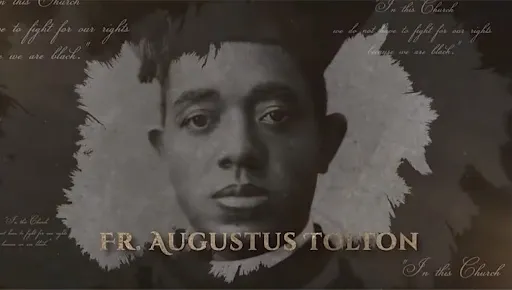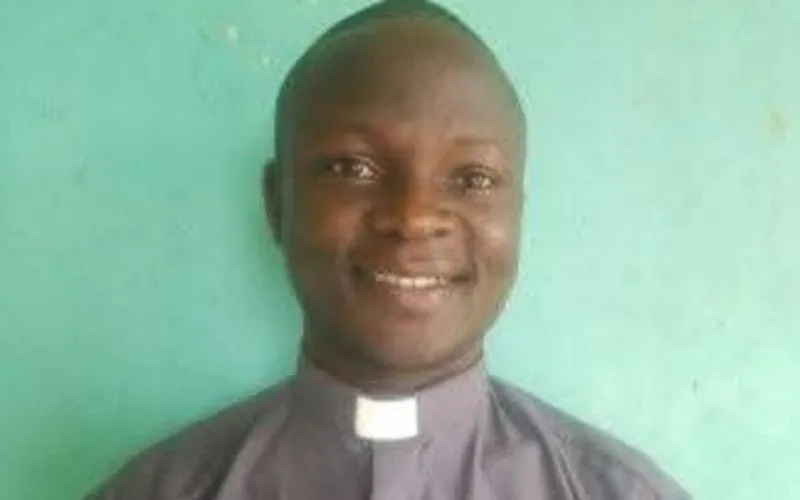The Diocese of Springfield will host a stop in the Junipero Serra leg of the Eucharistic pilgrimage leading up to the National Eucharistic Congress taking place in Indianapolis from July 17–21. Pilgrims will stop in Quincy, Illinois, at Tolton’s gravesite.
“I saw these areas — Catholic Scouting and the Eucharistic Congress — as an opportunity to bring more attention to Father Tolton with this event,” Holtgrave said.
Originally, Holtgrave thought of planning a pilgrimage for Scouts on the evening that the Eucharistic Pilgrimage will be at Tolton’s grave and have a patch awarding participation. However, he realized that “learning about the life and ministry of Father Tolton should not be limited to a one-time event.”
“Since the Catholic Committee on Scouting has a variety of other patch award programs, I looked for ways to model the Father Tolton patch award based on these other programs,” he shared. “The result is an ongoing opportunity for Scouts to learn about Father Tolton and receive a religious award for doing so.”
He hopes that Scouts will “learn that the Holy Spirit calls people in all kinds of ways” while working to receive this patch and “when the Holy Spirit is prompting you, you can overcome obstacles to follow that call.”
Holtgrave added that “Scouts will also learn about the sin of racism and will hopefully be more aware of injustices like the racism that Father Tolton faced.”
“Additionally, Scouts will learn that we don’t have to take on the world by ourselves,” he said. “Father Tolton found support from people who helped him on this journey not only to the priesthood, but also during his ordained ministry.”
Tolton was born into slavery in Missouri on April 1, 1854, to Catholic parents. He escaped to Quincy, Illinois, with his family during the Civil War. He studied for the priesthood in Rome because no American seminary would accept him on account of his race. He was the first African American to be ordained a priest in 1889. He served for three years at a parish in Quincy before moving to Chicago to start a parish for Black Catholics, St. Monica Parish, where he remained until his death in 1897.
Francesca is a staff reporter for Catholic News Agency. She received her degree in Communications with an emphasis in Digital Media from the University of Colorado - Denver. She is also in charge of the social media for Catholic News Agency.








